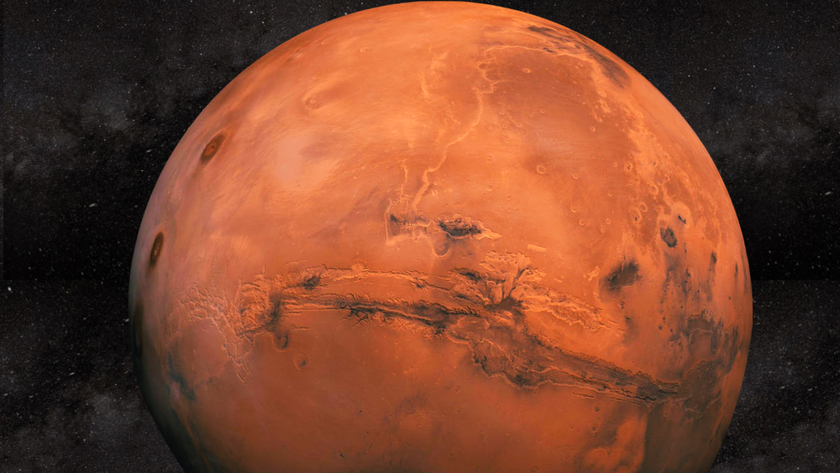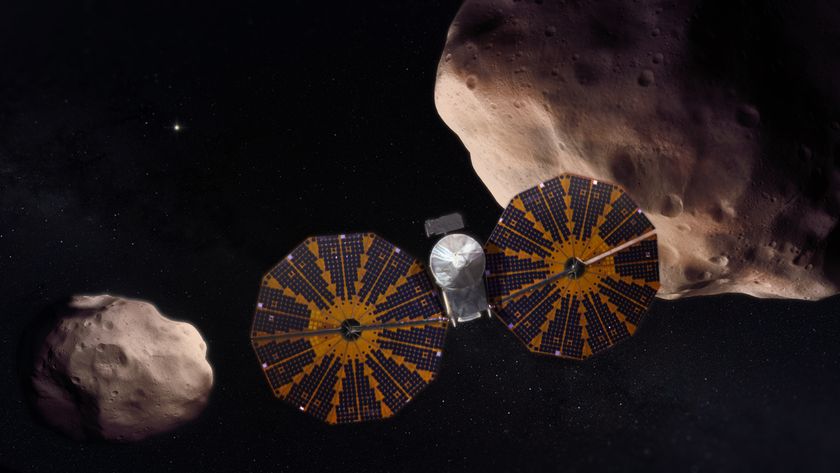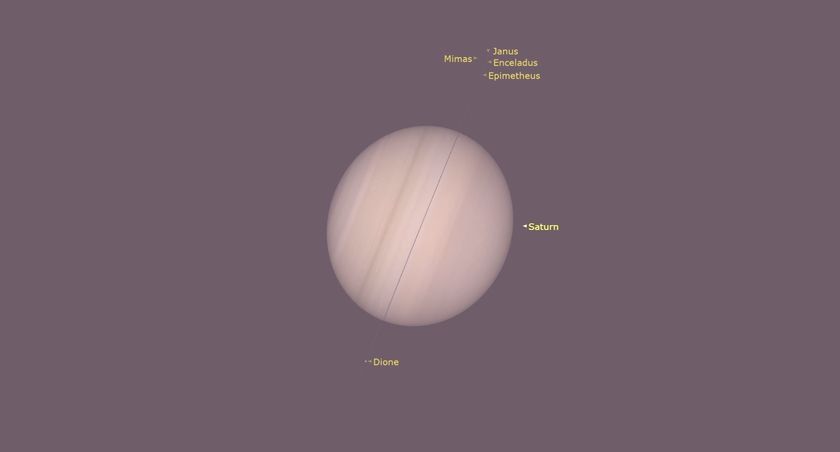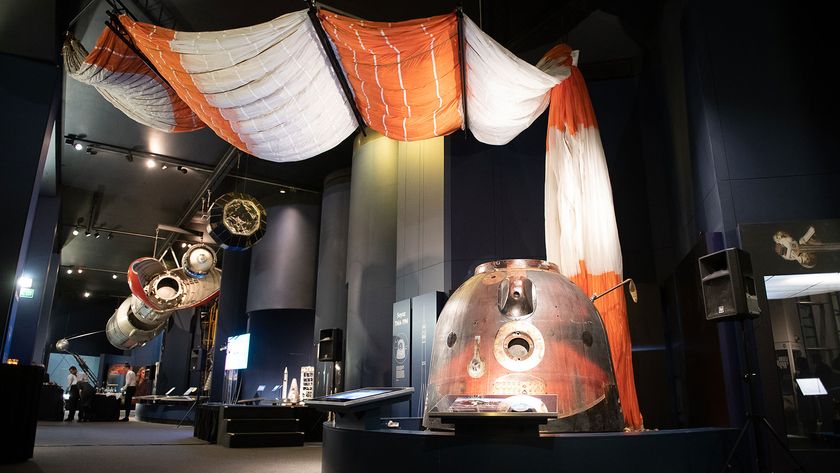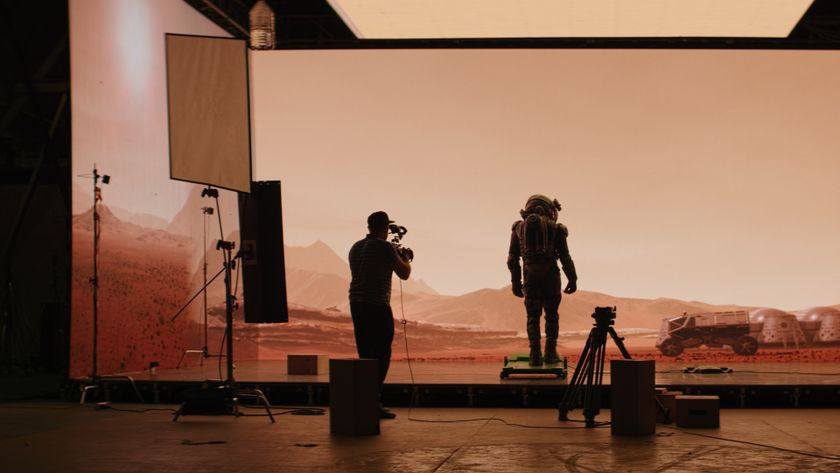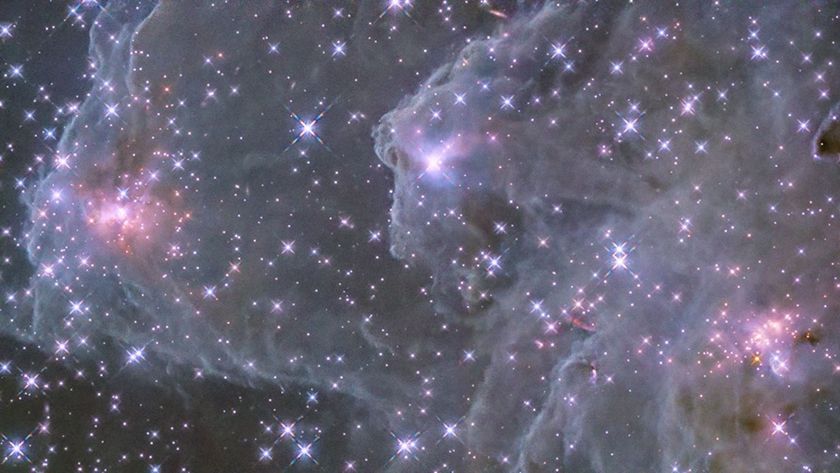Happy New Year, Mars!
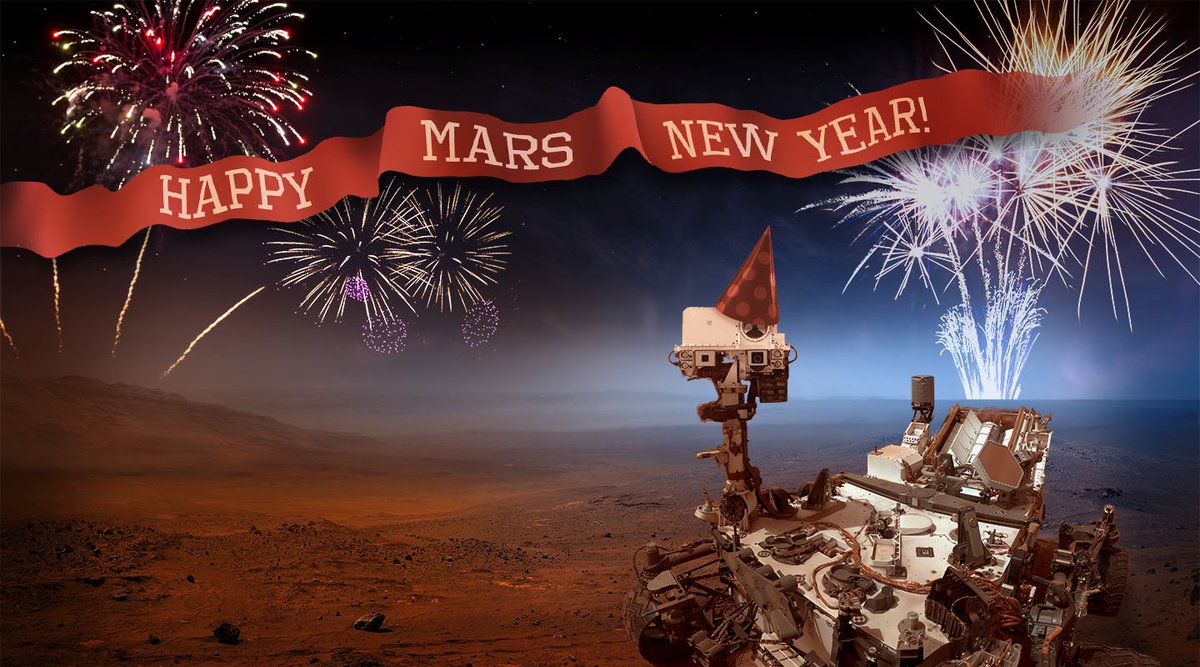
NASA officials wished Mars a happy new year on Twitter Friday (May 5), using the milestone as an opportunity to review exactly how the Red Planet's years work and how they differ from Earth's.
The space agency's Jet Propulsion Laboratory (JPL) in Pasadena, California, tweeted an image of a party-hat-wearing Curiosity rover watching fireworks explode in the Martian sky. An hour later, JPL tweeted a link to a new video explainer about the Red Planet year.
Mars is farther from the sun than Earth is and therefore takes considerably longer to complete one orbit: A Red Planet year lasts about 687 Earth days, compared to the 365-day year we're used to.
Scientists decided years ago, somewhat arbitrarily, that Mars years begin on the spring equinox in the planet's northern hemisphere. And now spring has sprung.
Here on Earth, we're used to seasons of equal length. But that's not the case on Mars, because the Red Planet's more eccentric path around the sun leads to varying orbital speeds. On Mars, spring and summer last 194 and 178 Earth days, respectively, whereas winter lasts 154 days and fall just 142 days, NASA officials said.
The car-size Curiosity rover landed on Mars in August 2012, kicking off a surface mission that was initially pegged to last a single Martian year. But Curiosity continues to roll along and is now exploring the foothills of Mount Sharp, which rises 3.4 miles (5.5 kilometers) into the Red Planet's sky.
Residents of the city of Mars, Pennsylvania, celebrate the Martian New Year with a two-day science, technology, engineering and math festival, NASA officials said in a statement. The current festival lasts until Saturday (May 6).
Get the Space.com Newsletter
Breaking space news, the latest updates on rocket launches, skywatching events and more!
The next opportunity for Pennsylvania Martians to celebrate in this way won't come until March 23, 2019. After that, Mars New Year revelers will have to wait until Feb. 7, 2021.
Email Sarah Lewin at slewin@space.com or follow her @SarahExplains. Follow us @Spacedotcom, Facebook and Google+. Original article on Space.com.
Join our Space Forums to keep talking space on the latest missions, night sky and more! And if you have a news tip, correction or comment, let us know at: community@space.com.

Sarah Lewin started writing for Space.com in June of 2015 as a Staff Writer and became Associate Editor in 2019 . Her work has been featured by Scientific American, IEEE Spectrum, Quanta Magazine, Wired, The Scientist, Science Friday and WGBH's Inside NOVA. Sarah has an MA from NYU's Science, Health and Environmental Reporting Program and an AB in mathematics from Brown University. When not writing, reading or thinking about space, Sarah enjoys musical theatre and mathematical papercraft. She is currently Assistant News Editor at Scientific American. You can follow her on Twitter @SarahExplains.

